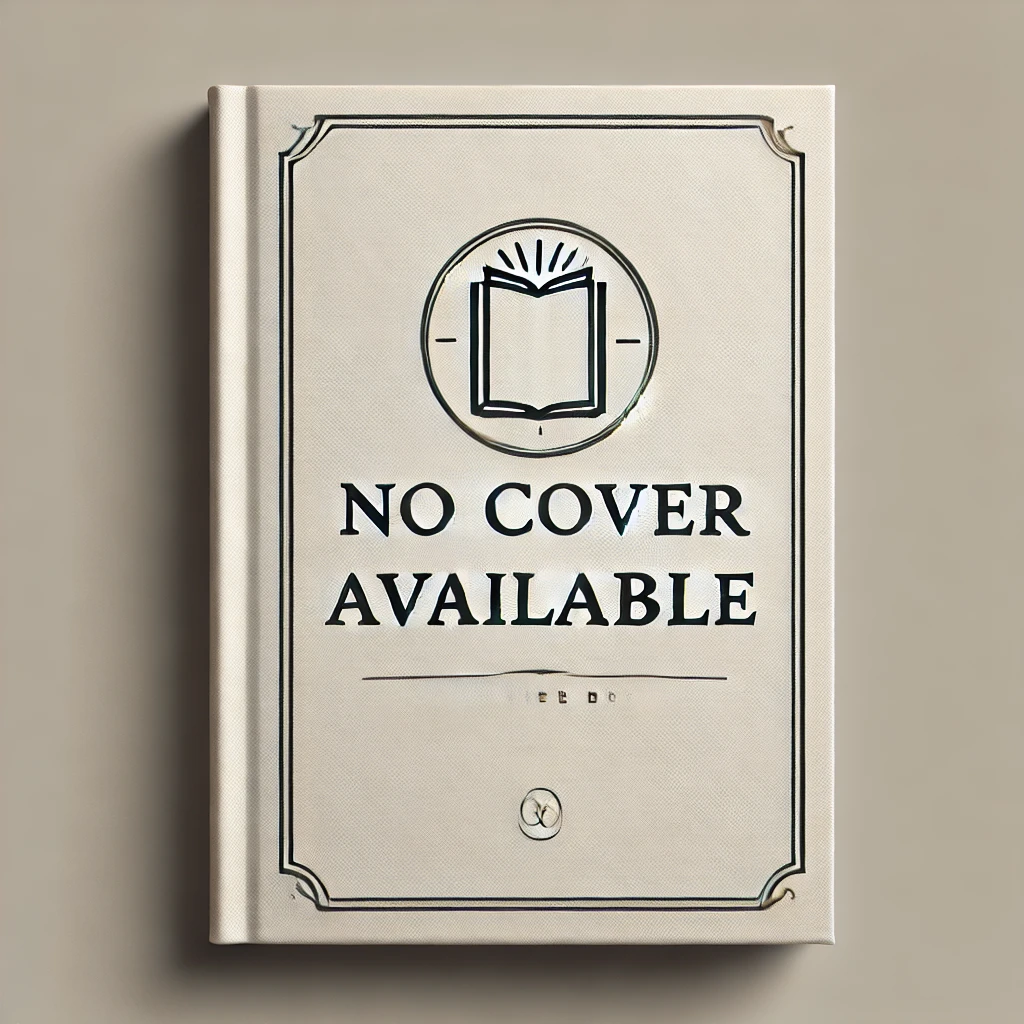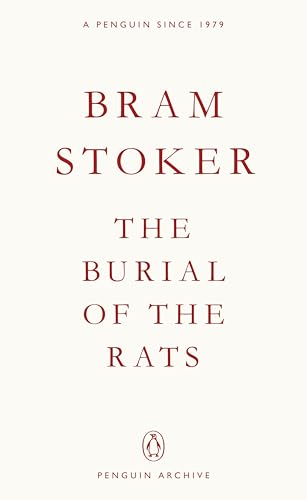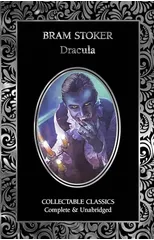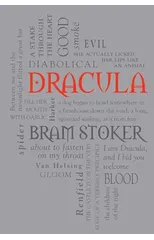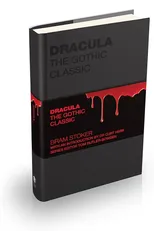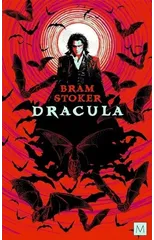"Count Dracula" has inspired countless movies, books, and plays. But few, if any, have been fully faithful to Bram Stoker's original, best-selling novel of mystery and horror, love and death, sin and redemption. "Dracula" chronicles the vampire's journey from Transylvania to the nighttime streets of London. There, he searches for the blood of strong men and beautiful women while his enemies plot to rid the world of his frightful power. Today's critics see "Dracula" as a virtual textbook on Victorian repression of the erotic and fear of female sexuality. In it, Stoker created a new word for terror, a new myth to feed our nightmares, and a character who will outlive us all. Brooke Allen is a book critic whose work has appeared in numerous publications including The Atlantic Monthly, The New Criterion, The New York Times Book Review, The Wall Street Journal, and The Hudson Review. A collection of her essays, "Twentieth-Century Attitudes," will be published in 2003.
Bram Stoker
Bram Stoker was an Irish author best known for his Gothic horror novel "Dracula," published in 1897. His writing style often included elements of supernatural, mystery, and suspense, creating a sense of unease and fear in his readers. Stoker's contribution to literature lies in popularizing the vampire genre and creating one of the most iconic characters in literary history, Count Dracula. His work has had a lasting impact on the horror genre, inspiring countless adaptations and interpretations in various forms of media.
